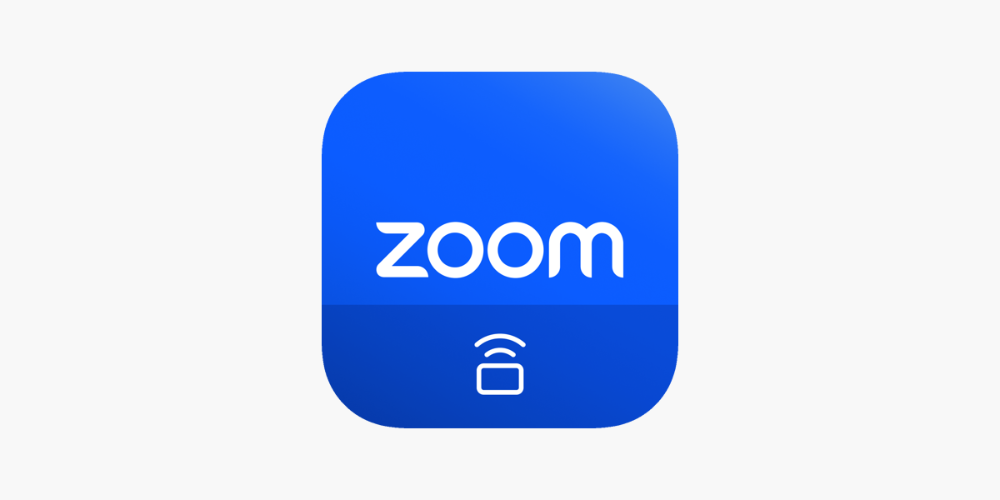Zoom as a Catalyst for Remote Work and Education
Nov-20-2024

When I first heard about Zoom, it felt like just another video conferencing tool in a sea of options. I remember hearing friends and colleagues rave about it, but it wasn't until the pandemic hit that I truly understood its impact. With schools closing and businesses shifting to remote work policies almost overnight, Zoom quickly became a household name. My initial hesitancy about online meetings faded as I logged in for the first time. What I discovered was a platform that not only facilitated communication but revolutionized how we connect and collaborate in both work and education.
A Seamless Transition
As a professional who thrived in an office environment, the switch to remote work felt daunting. The daily commute, face-to-face interactions, and water cooler conversations were suddenly replaced with a digital interface. Yet, Zoom eased this transition considerably. The interface was user-friendly, allowing me to jump into meetings without feeling overwhelmed. I honestly appreciated the ability to turn my camera on or off, and the mute button became my best friend during those chaotic moments at home.
Creating a Virtual Workspace
In the early days of remote work, my team and I struggled to establish an office-like environment at home. Zoom became my go-to tool for maintaining that sense of connection. Video calls transformed my day-to-day routine, replacing sterile company emails with lively discussions. The ability to see my colleagues’ facial expressions, even from afar, fostered a sense of camaraderie that I feared we would lose. I remember one particular morning when we all joined a meeting with our favorite mugs. The casual atmosphere sparked light-hearted banter, paving the way for more productive work sessions ahead.
Empowering Educators and Students
As remote work flourished, universities and schools quickly pivoted to online education. I witnessed firsthand how educators adapted to this new paradigm. Teachers who've spent decades in classrooms suddenly became Zoom experts. I admired their resilience; they harnessed the platform's features like breakout rooms and screen sharing to engage students. I attended a workshop hosted by a local university where instructors demonstrated how they used Zoom to maintain interactive lessons.
Building Classroom Communities Online
Even in a virtual setting, I found that classrooms could foster community. My friends with children shared stories of how their kids formed study groups via Zoom, connecting with classmates who they hadn’t seen for months. I was touched by these young learners' adaptability as they navigated screen time with enthusiasm. Their resilience reminded me of my own experiences as a student and the essential relationships I built with peers in those formative years.
Debunking the Myth of Isolation
Before experiencing remote work firsthand, I believed the biggest drawback would be isolation. Ironically, my days became more packed with interactions thanks to Zoom. I recall how my calendar transformed from a series of individual tasks to back-to-back meetings, often leading to virtual coffee breaks with colleagues. In fact, some of my most memorable conversations took place in those unstructured moments, reinforcing the notion that human connection can thrive, regardless of physical distance.

Harnessing Technology for Enhanced Learning
The rise of online education also opened up a world of resources that many educators and students had never explored. I witnessed numerous virtual workshops, guest lectures, and interactive sessions that transcended geographical boundaries. Attending a webinar hosted by a renowned expert from another continent felt remarkably accessible. The diversity of perspectives enriched discussions, and I realized that learning could be a truly global endeavor.
Challenges Along the Way
Of course, my journey through remote work and education wasn't without its obstacles. Zoom fatigue became a widely discussed phenomenon. With every meeting stretching longer than the last, I experienced moments of burnout. I noticed that maintaining focus on a screen was more challenging than in-person interactions. To combat this, I learned the importance of scheduling breaks and being intentional about my video call experiences.
Leveraging Collaborative Tools
As the world adapted to remote work, collaboration became crucial. I found Zoom’s integration capabilities particularly beneficial. The capability to exchange documents and work together in real-time enabled my team to keep progressing on projects that might have otherwise come to a halt. I started exploring tools like Google Drive alongside Zoom, making it easy to reference and edit documents during meetings. This combination of platforms sharpened our focus and improved our productivity exponentially.
New Opportunities for Team Building
Team building, often reserved for in-person gatherings, transitioned online remarkably well. My company hosted virtual team-building exercises, such as trivia games and online escape rooms. At first, I saw these as mere novelties, but they turned out to be a strong reminder of how vital team unity is, even when collaborating from a distance. It allowed us to bond in ways that we wouldn’t have in a conventional office setup, and it strengthened our working relationships.
Encouraging Flexibility and Autonomy
One striking benefit of the Zoom-driven shift to remote work was the increased emphasis on flexibility. I relished the autonomy to create my work schedule. Attending meetings from my living room or balcony was liberating. This newfound flexibility allowed my colleagues and me to balance personal responsibilities while maintaining productivity. I recognized that this balance not only improved my work-life harmony but also led to greater job satisfaction overall.
Focus on Wellbeing and Mental Health
While Zoom bridged the gap for remote work and education, it also opened discussions about mental health and wellbeing. I experienced moments of anxiety and disconnection that many others encountered. My workplace began prioritizing mental health resources, implementing wellness check-ins at the outset of meetings. I learned that acknowledging these challenges made a difference in employee morale and helped us feel less isolated through shared experiences.
The Global Village Phenomenon
This shift to remote communication made me realize we were participants in a global village. I found myself collaborating with diverse teams spanning various countries. Each meeting became a rich cultural exchange, as my colleagues’ unique perspectives contributed to innovative solutions. The sense of belonging to a global community inspired me to appreciate the richness of our shared experiences beyond borders.
Adapting to Change: A Personal Journey
Zoom has undoubtedly been a catalyst in my personal journey towards adapting to new ways of working and learning. I’ve become comfortable navigating virtual environments that once felt foreign to me. The skills I developed, from mastering video editing for presentations to learning how to facilitate engaging discussions, have expanded my professional toolkit significantly.
Navigating the Future of Work
Looking ahead, I see immense potential in the continued use of Zoom and similar platforms. The lessons learned during this transition will shape our future work and education landscapes. I believe that a hybrid model of working and learning will dominate. Video conferencing will remain a crucial element, facilitating connections across distances while promoting flexibility and autonomy.
Reflecting on Connections
As I reflect on my experiences with Zoom, I feel an overwhelming sense of gratitude. What began as a simple video conferencing tool evolved into a powerful platform that reshaped my understanding of collaboration, education, and connection. It offered opportunities to forge relationships that extend beyond physical spaces. In a world where uncertainty and disruption became the norm, Zoom showed me that togetherness is not about proximity but shared purpose.







